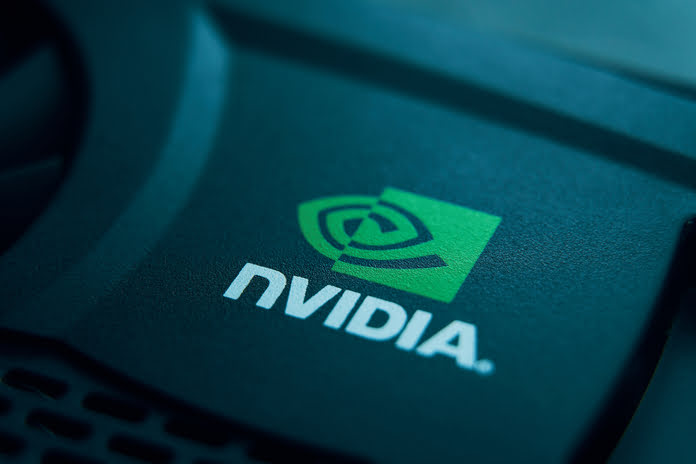As earnings season winds down, all eyes are on Nvidia (NASDAQ:NVDA) as the company prepares to release its highly anticipated Q2 results. Nvidia has become a centerpiece of the tech sector, particularly in the realm of artificial intelligence (AI). With shares soaring over 170% in the past year, driven by record-setting Data Center sales, the upcoming earnings report is critical. This Nvidia earnings analysis will explore expectations, potential risks, and whether the stock remains a compelling investment.
EPS and Sales Expectations: Muted But Promising
Analysts have largely kept their expectations stable for Nvidia’s Q2 earnings, a notable departure from the upward revisions that the stock has seen in previous quarters. Despite this, another robust quarter is anticipated, with consensus estimates projecting a 130% surge in earnings and a 110% increase in sales. This would mark the fifth consecutive period of triple-digit year-over-year sales growth.
Nvidia’s ability to maintain such growth is remarkable, especially given the broader market conditions. The expected $28.2 billion in quarterly revenue highlights the company’s dominant position in the AI and Data Center markets. The Nvidia earnings analysis reveals that while headline expectations may seem muted compared to previous periods, the underlying growth story remains strong.
Data Center Expectations: Continued Strength
The Data Center segment, which includes sales of Nvidia’s AI chips, has been the primary driver of the company’s recent success. Nvidia’s GPUs are critical to AI applications, and demand has consistently outpaced supply. For Q2, the Consensus Estimate for Data Center revenue stands at $24.6 billion, representing a staggering 140% increase from the prior year.
However, there are potential headwinds. Reports have surfaced about delays in the production of Nvidia’s next-generation chips based on the Blackwell architecture. These chips are expected to deliver significant performance improvements, including up to 4X faster training and 30X faster inference than current models. Companies like Amazon (NASDAQ:AMZN), Google (NASDAQ:GOOGL), and Tesla (NASDAQ:TSLA) are among the many planning to adopt Blackwell, underscoring its importance to Nvidia’s future growth.
While the delays could impact short-term results, the long-term demand remains robust. The supply/demand mismatch is expected to persist into 2025, a key factor that will likely be addressed in the upcoming earnings call. Investors should listen closely for updates on these delays and how they might affect Nvidia’s growth trajectory.
Valuation Concerns: Is Nvidia Still a Buy?
Nvidia’s impressive stock performance has raised concerns about its valuation. Currently, the stock trades at a 40.2X forward 12-month earnings multiple, which is high compared to the broader market, where the S&P 500 trades at 21.5X. However, this valuation is lower than Nvidia’s five-year median of 50.7X, suggesting that while the stock is expensive relative to the market, it may still offer value compared to its historical levels.
The price/earnings to growth (PEG) ratio of 1.1X also indicates that Nvidia is trading at a fair price for its forecasted growth. This Nvidia earnings analysis suggests that while the stock isn’t cheap, its growth potential may justify the premium. Investors should weigh the risks of paying a high multiple against the company’s strong growth outlook.
Five Key Takeaways for Investors
Stable Estimates: Unlike previous quarters, analysts have kept their estimates for Nvidia’s Q2 earnings relatively stable, suggesting a cautious but optimistic outlook.
Data Center Strength: Nvidia’s Data Center segment is expected to deliver another quarter of triple-digit growth, reinforcing its leadership in AI.
Blackwell Delays: Potential delays in Nvidia’s Blackwell chips could impact future quarters, but strong demand suggests long-term growth remains intact.
Valuation Premium: Nvidia’s stock is trading at a premium compared to the S&P 500, but its valuation is lower than its historical averages, offering potential value for growth-oriented investors.
Stock Performance: With a 175% gain over the past year, Nvidia’s stock has performed exceptionally well, but the upcoming earnings report will be crucial in determining its next move.
Conclusion: Should You Buy or Hold Nvidia?
This Nvidia earnings analysis highlights the company’s impressive growth, particularly in the Data Center segment, and the potential risks associated with valuation and production delays. While Nvidia remains a strong player in the tech sector, current investors may want to hold their positions, while new investors should carefully consider the stock’s premium valuation before buying. The upcoming earnings report will be a critical indicator of whether Nvidia can sustain its growth momentum.
Featured Image: Megapixl



